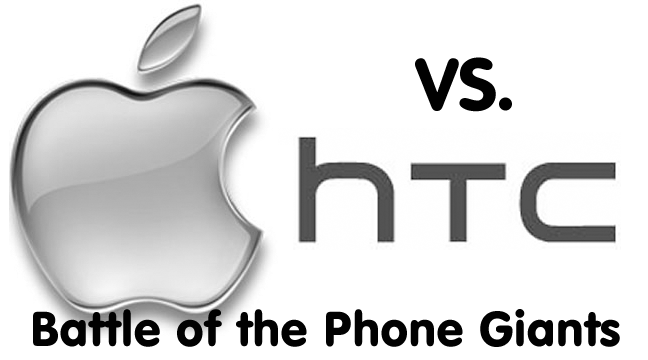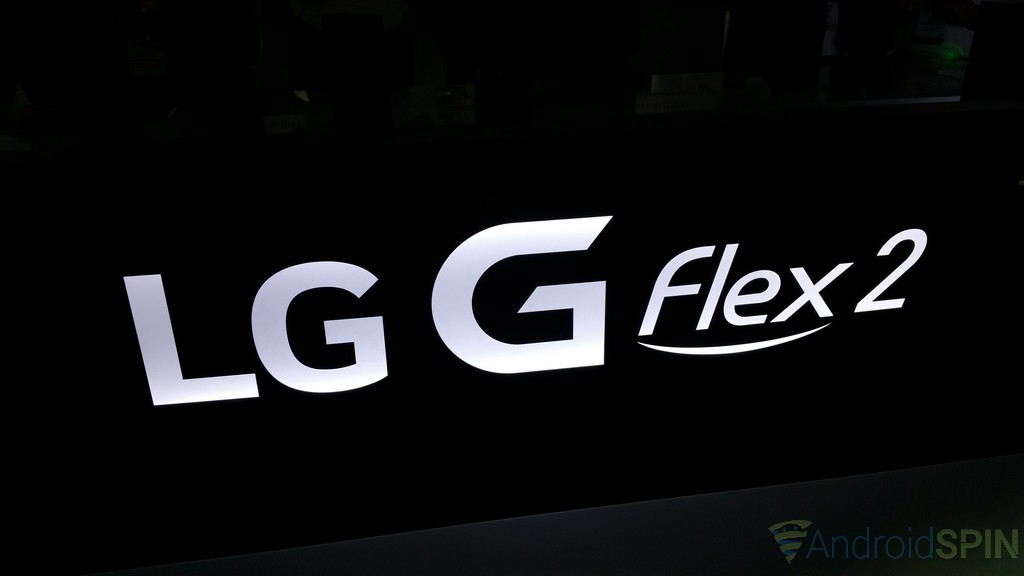This morning news came up all over the internet about Apple suing HTC over 20 or so patents that according to Apple, were patents that HTC stole. After reading a few stories that stated it was unsure what patents were being brought up by Apple, I did a bit of research and found out which patent was which. Not all twenty were included in the statement I read, but for the ones that are there I found info on. It’s a long read, but if you’re interested in what Apple feels that they should sue HTC over, give it a read.
1) Patent Number “7,362,331”. “Time-based, non-constant translation of user interface objects between states”
- Meaning: The present invention relates to a method for moving objects within the graphical user interface (GUI) of an operating system in a manner that provides a transitional effect between window states, which is pleasing to the user. This transitional effect includes changing the shape of a window while scaling and moving the window between two different sizes and positions. In one embodiment of the present invention, the transitional effect may be employed as a window is minimized into an icon, or restored from an icon. In another embodiment of the present invention, the transitional effect is employed as a window is minimized within its title bar, or restored therefrom. The rate of movement of objects is controlled in a non-linear manner, to further enhance the pleasing effect.”
2) Patent Number “7,479,949”. “Touch screen device, method, and graphical user interface for determining commands by applying heuristics”
- Meaning: A computer-implemented method for use in conjunction with a computing device with a touch screen display comprises: detecting one or more finger contacts with the touch screen display, applying one or more heuristics to the one or more finger contacts to determine a command for the device, and processing the command. The one or more heuristics comprise: a heuristic for determining that the one or more finger contacts correspond to a one-dimensional vertical screen scrolling command, a heuristic for determining that the one or more finger contacts correspond to a two-dimensional screen translation command, and a heuristic for determining that the one or more finger contacts correspond to a command to transition from displaying a respective item in a set of items to displaying a next item in the set of items.
3)Patent Number “7,657,849”. “Unlocking a device by performing gestures on an unlock image”
- Meaning: A device with a touch-sensitive display may be unlocked via gestures performed on the touch-sensitive display. The device is unlocked if contact with the display corresponds to a predefined gesture for unlocking the device. The device displays one or more unlock images with respect to which the predefined gesture is to be performed in order to unlock the device. The performance of the predefined gesture with respect to the unlock image may include moving the unlock image to a predefined location and/or moving the unlock image along a predefined path. The device may also display visual cues of the predefined gesture on the touch screen to remind a user of the gesture.
4) Patent Number “7,469,381”. “List scrolling and document translation, scaling, and rotation on a touch-screen display”
- Meaning: In accordance with some embodiments, a computer-implemented method for use in conjunction with a device with a touch screen display is disclosed. In the method, a movement of an object on or near the touch screen display is detected. In response to detecting the movement, an electronic document displayed on the touch screen display is translated in a first direction. If an edge of the electronic document is reached while translating the electronic document in the first direction while the object is still detected on or near the touch screen display, an area beyond the edge of the document is displayed. After the object is no longer detected on or near the touch screen display, the document is translated in a second direction until the area beyond the edge of the document is no longer displayed.
5) Patent Number “5,920,726”. “System and method for managing power conditions within a digital camera device”
- Meaning: A system and method for recovering from a power failure in a digital camera comprises a power manager for detecting and handling power failures, an interrupt handler for responsively incrementing a counter device, service routines which register to receive notification of the power failure, and a processor for evaluating the counter and providing notification of the power failure to the service routines which may then assist the digital camera to recover from the power failure.
6) Patent Number “7,633,076”. “Automated response to and sensing of user activity in portable devices”
- Meaning: The various methods and devices described herein relate to devices which, in at least certain embodiments, may include one or more sensors for providing data relating to user activity and at least one processor for causing the device to respond based on the user activity which was determined, at least in part, through the sensors. The response by the device may include a change of state of the device, and the response may be automatically performed after the user activity is determined.
7) Patent Number: “5,848,105”. “GMSK signal processors for improved communications capacity and quality”
- Meaning: A method and apparatus for separating and removing distortion from interfering co-channel signals and suppressing adjacent-channel interfering signals of the Gaussian Minimum-Shift Keyed (GMSK) or other MSK type with filtering structures that exploit the cyclostationarity of the received GMSK or other MSK signals in order to accommodate a greater number (or the same number, but with greater quality) of transmitted signals received by one or more antennas than can be accommodated by existing filters. The parameters in these filtering structures are adapted by either of two adaptation apparatus that exploit both the known training sequence that is transmitted in most wireless communications systems, and the constant modulus property exhibited by each of the transmitted GMSK or other MSK signals.
8) Patent Number: “7,383,453”. “Conserving power by reducing voltage supplied to an instruction-processing portion of a processor”
- Meaning: One embodiment of the present invention provides a system that facilitates reducing static power consumption of a processor. During operation, the system receives a signal indicating that instruction execution within the processor is to be temporarily halted. In response to this signal, the system halts an instruction-processing portion of the processor, and reduces the voltage supplied to the instruction-processing portion of the processor. Full voltage is maintained to a remaining portion of the processor, so that the remaining portion of the processor can continue to operate while the instruction-processing portion of the processor is in reduced power mode
9) Patent Number: “5,455,599”. “Object-oriented graphic system”
- Meaning: An object-oriented graphic system is disclosed including a processor with an attached display, storage and object-oriented operating system. The graphic system builds a component object in the storage of the processor for managing graphic processing. The processor includes an object for connecting one or more graphic devices to various objects responsible for tasks such as graphic accelerators, frame buffers, page description languages and vector engines. The system is fully extensible and includes polymorphic processing built into each of the support objects.
10) Patent Number: “6,424,354”. “Object-oriented event notification system with listener registration of both interests and methods”
- Meaning: An event notification system for propagating object-change information. The notification system supports change notification without queues in an object-based application or operating system and can be scaled to propagate large numbers of events among a large plurality of objects. The event notification system interconnects a plurality of event source and event receiver objects. Any object, such as a command object, may operate as either an event receiver object, an event source object or both. A notification object is created by a source object to transport, from a source to a receiver, descriptive information about a change, which includes a particular receiver object method and a pointer to the source object that sent the notification. A receiver object must register with a connection object its “interest” in receiving notification of changes; specifying both the event type and the particular source object of interest. After establishing such connections, the receiver object receives only the events of the specified type for the source objects “of interest” and no others. This delegation of event selection avoids central event queuing altogether and so limits receiver object event processing that the invention can be scaled to large systems operating large numbers of objects.
Some of these as you can see (take a look at number 3) are pretty ridiculous. It’s hard to say if Apple will win the law suit, I suppose only time can tell what will happen.
What are some of your opinions on this lawsuit by Apple? Give us your opinion, we always love to hear from the readers.
[Via Apples Law Suit Against HTC, Patent Search]










